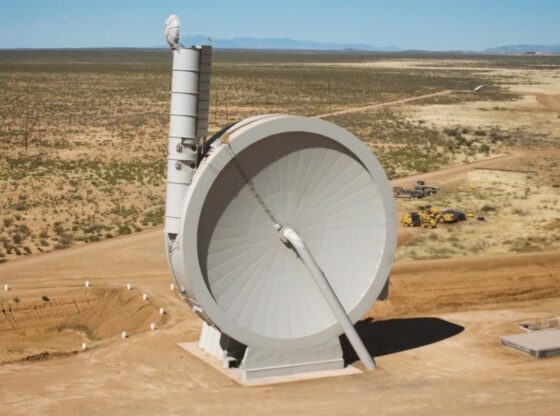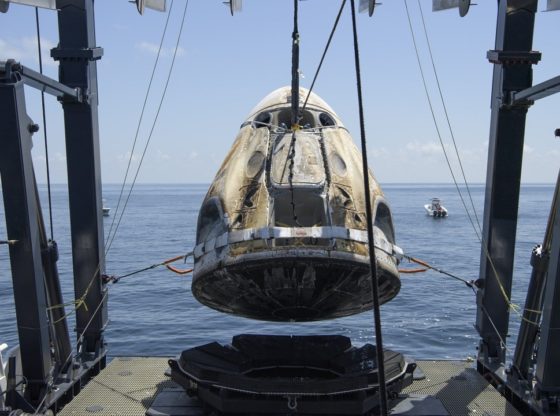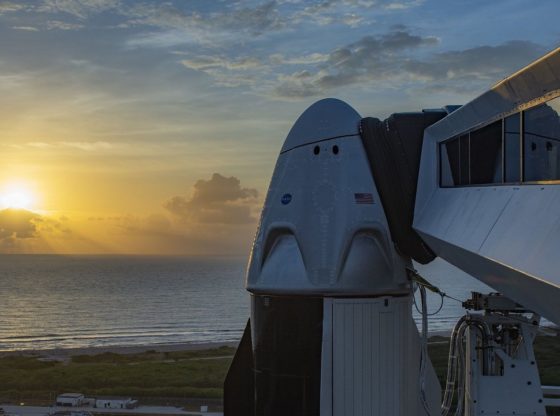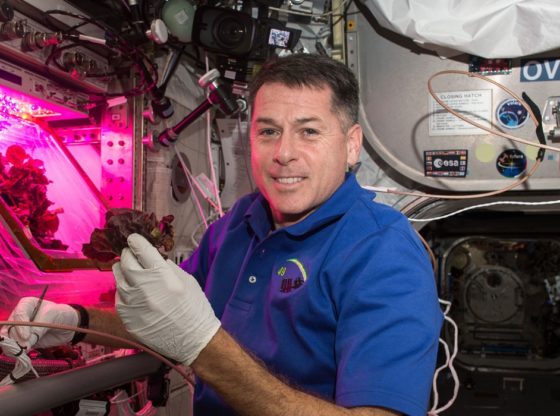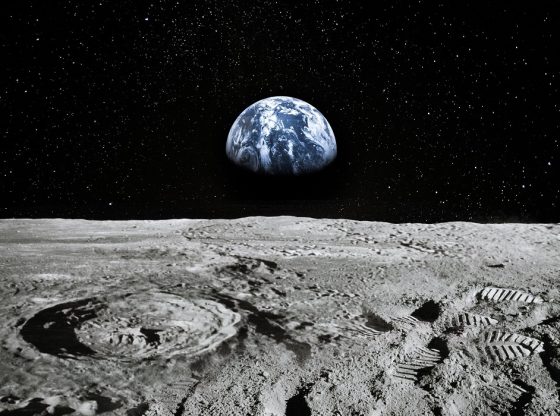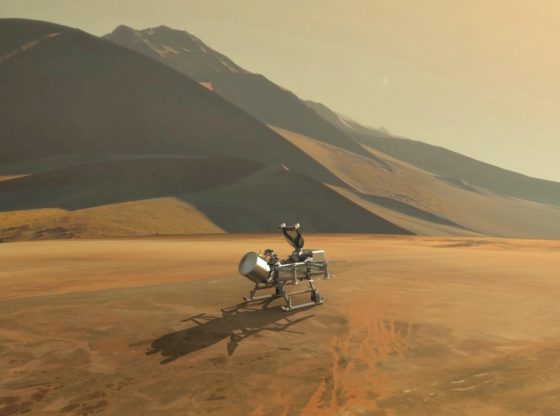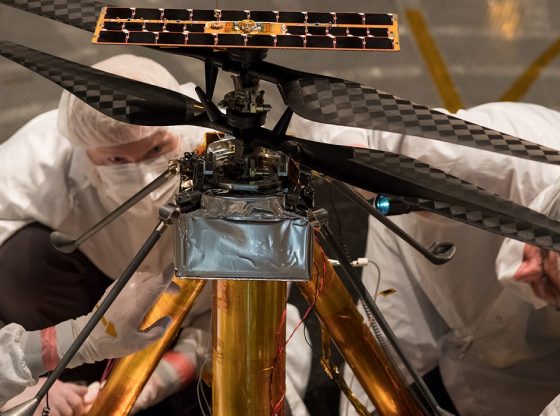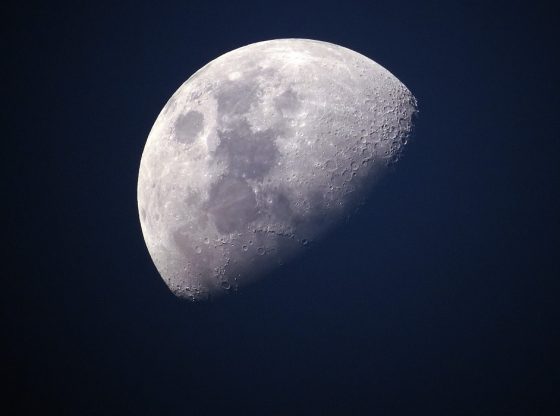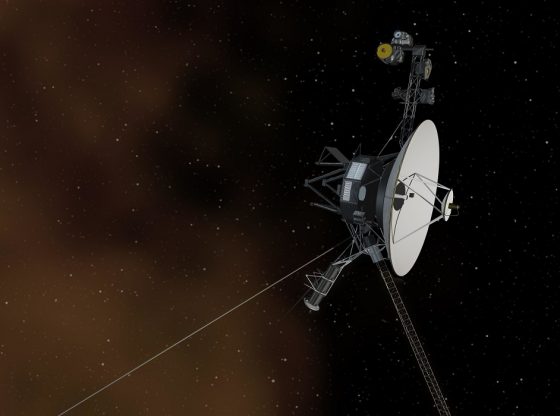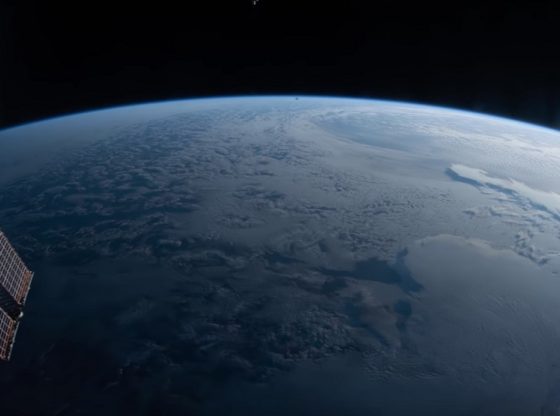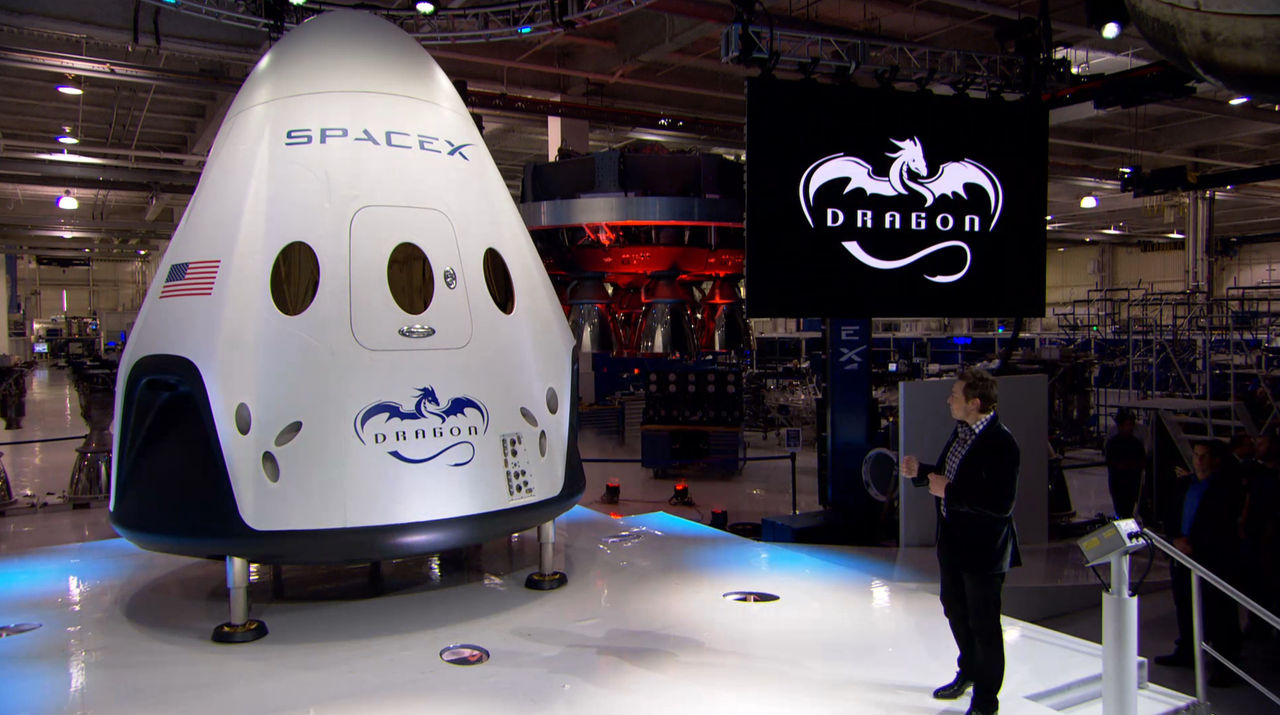
The private spaceflight company SpaceX provided the public with the first glance of their Dragon V2 spacecraft this week. When the spacecraft after many years of development was presented by CEO Elon Musk at an event at the company’s rocket factory in California.
The spacecraft has been developed to taxi astronauts to the International Space Station and to provide astronauts with much-needed supplies. It will be launched into space using a Falcon 9 rocket, also developed by SpaceX.
This new version of the Dragon has been equipped with engines 160 times more powerful than the ones you find in the previous model. These engines and the probe itself has been designed to allow the capsule to be steered with high precision when vertically landing back on Earth.
The Dragon V2 can, therefore, land without a parachute, doing a perfectly vertical landing. This is a deliberative choice and part of an overall design feature to be fully reusable and capable of being flown multiple times without service. This results in a significant reduction of costs of access to space. According to Elon Musk, it can be rapidly reused up to 10 times before needing servicing; after a soft, propulsive landing, it can be reloaded and ready to fly again.
The SpaceX Dragon V2 will certainly come in handy for the United States now that Russia no longer wants to send Americans to the ISS. And as familiar, the NASA Space Shuttle Program has been retired.
However, the Dragon V2 is one of the several private initiatives and is a part of the NASA Commercial Crew Development program. This program was established to coordinate the delivery of crew and cargo to the International Space Station by private companies. Of many private company competitors, only two companies remain SpaceX and Orbital Sciences Corporation. The Orbital Sciences Corporation aims to launch its Cygnus spacecraft using an Antares rocket.
The SpaceDev company and its Dream Chaser shuttle did not go through to a second round, but still remains in development and now in a partnership with Lockheed Martin. The Dream Chaser (see tag) is very similar to the shuttles of the now-retired NASA Space Shuttle Program.
_______________
NASA: Commercial Crew Program Updates
SpaceX
______________________________

